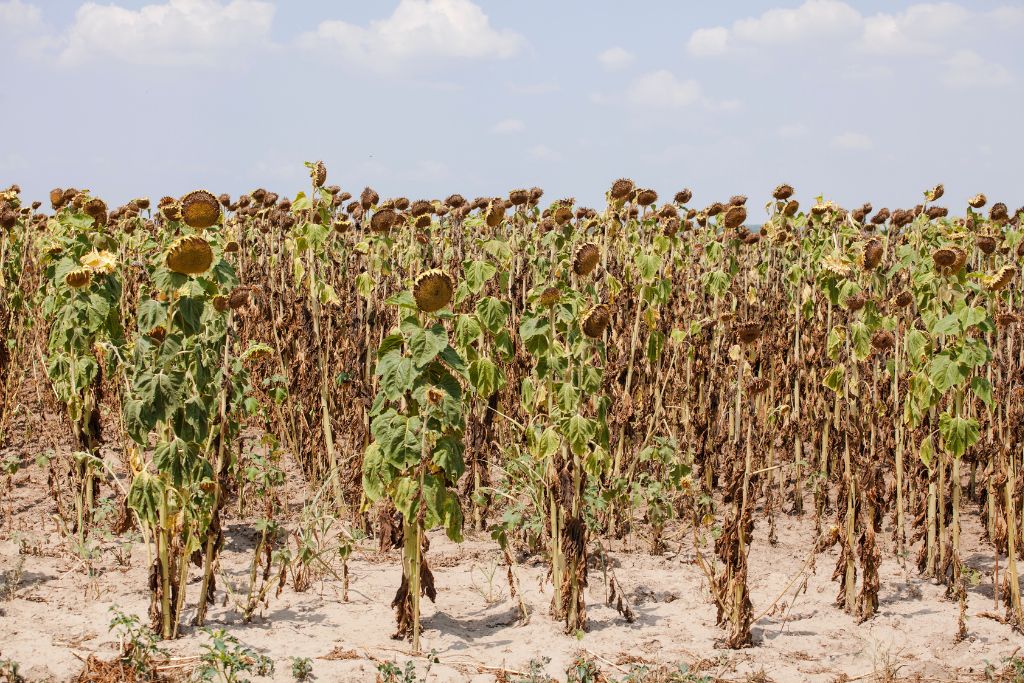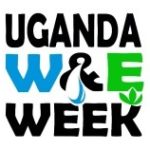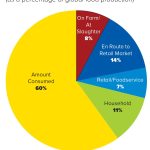
MINING THE FUTURE AWAY
By Danile O Kaleb — October 25, 2025
Mining is delivering the raw materials the world needs for smartphones, electric vehicles and renewable energy and at the same time accelerating an environmental debt that risks the soils, waters and biodiversity that sustain life. The latest global analyses show a sharp rise in demand for critical minerals (copper, lithium, cobalt, nickel, rare earths) that is intensifying extraction pressures, expanding mine footprints and magnifying pollution, deforestation and community displacement. IEA+1
Recent evidence paints a stark portrait. Between 2001 and 2020, mining-driven forest loss across hotspots contributed to roughly 1.4 million hectares of primary-forest clearance and released tens of millions of tonnes of CO₂ a pattern mirrored by new studies showing that mineral-driven expansion now threatens key wildlife strongholds across Africa. At the same time, financiers poured hundreds of billions into ‘transition’ mineral projects between 2016 and 2024 investments some watchdogs say have enabled environmental harm and weak safeguards at many sites. AP News+1
Water and toxic pollution follow the diggers. Independent reviews and industry trackers warn that mining is a major contributor to local water contamination and that tailings failures and chemical discharges remain a systemic risk where governance is weak. Global production statistics (USGS) confirm rising output of many metals in 2023–24, even as responsible stewardship lags, meaning more tailings, more heavy-metal pathways into rivers and groundwater, and more land sterilisation unless practices change. U.S. Geological Survey+1

Uganda: boom, risk and a narrow window to act
Uganda’s mineral story has shifted from mostly artisanal activity to rapid formalisation and the first commercial-scale gold processing projects in 2025. An estimated 400,000–600,000 Ugandans work across the wider artisanal and small-scale mining (ASM) sector, with roughly 31,600 directly involved in gold mining a social and economic reality that drives both livelihoods and environmental stress at local scales. The government has created new institutions (including the Uganda National Mining Company) and updated laws, but capacity gaps, delayed regulations and the legacy of informal sites mean environmental safeguards and rehabilitation are often insufficient. Planet Gold+2Natural Resource Governance Institute+2
The environmental toll in Uganda is already visible: informal alluvial and pit mining has altered river flows, mobilised sediments, and in many places left scarred landscapes and mercury risks to communities. The opening of larger-scale processing plants in 2025 promises export earnings but heightens the stakes for robust environmental impact assessments, water monitoring, tailings management and genuine community consent. Without stronger enforcement and transparent financing standards, Uganda risks trading short-term gains for long-term land degradation. Reuters+1
Who’s driving extraction in Africa?
Africa’s mineral boom is dominated by a mix of large multinational miners and rising regional players. Names that currently shape the continent’s mineral map include Anglo American (and its platinum and copper units), Barrick Gold, Gold Fields, AngloGold Ashanti and large trading houses like Glencore — companies that together control vast deposits, major projects and supply chains. Their investments are changing landscapes at scale, and they are the same actors being pressed by investors and civil society to speed up environmental reforms. Or Noir Africa+1
The numbers that matter (short)
- ~1.4 million ha of primary forest loss linked to mining (2001–2020, global hotspots). AP News
- $493 billion in bank and investor financing for transition-mineral projects between 2016–2024 (Forests & Finance coalition analysis). The Guardian
- 400k–600k people engaged in Uganda’s broader ASM sector; ~31,600 in gold mining. Planet Gold
- Rising global demand for critical minerals is projected across IEA scenarios, pressuring new mine development through the 2020s. IEA

What must change — fast and fairly
- Tie finance to real safeguards. Banks and institutional investors must condition lending on independent environmental and social risk audits, credible tailings oversight and enforceable community grievance mechanisms. The Guardian
- Formalise and uplift ASM. Uganda and other countries must not criminalise miners into the shadows; they should formalise operations, provide mercury-free processing technologies, and demand environmental rehabilitation as a permit condition. Ministry of Finance+1
- Transparent national strategies. Countries should publish project-level environmental data, land-use trade-offs and revenue flows so citizens can hold actors accountable. Natural Resource Governance Institute
- Reclaim restoration as non-negotiable. Mines must factor reclamation costs up-front and deliver measurable rehabilitation targets tied to closure bonds. Mining 2030
Bottom line
Minerals will power the 21st-century economy — but if extraction continues to outpace oversight, the payoff will be a poorer planet and communities trapped in degraded landscapes. Uganda sits at a crossroads: it can harness new projects for development and jobs, or it can replicate patterns that export resources and import environmental collapse. The choice — and the price — is immediate.



